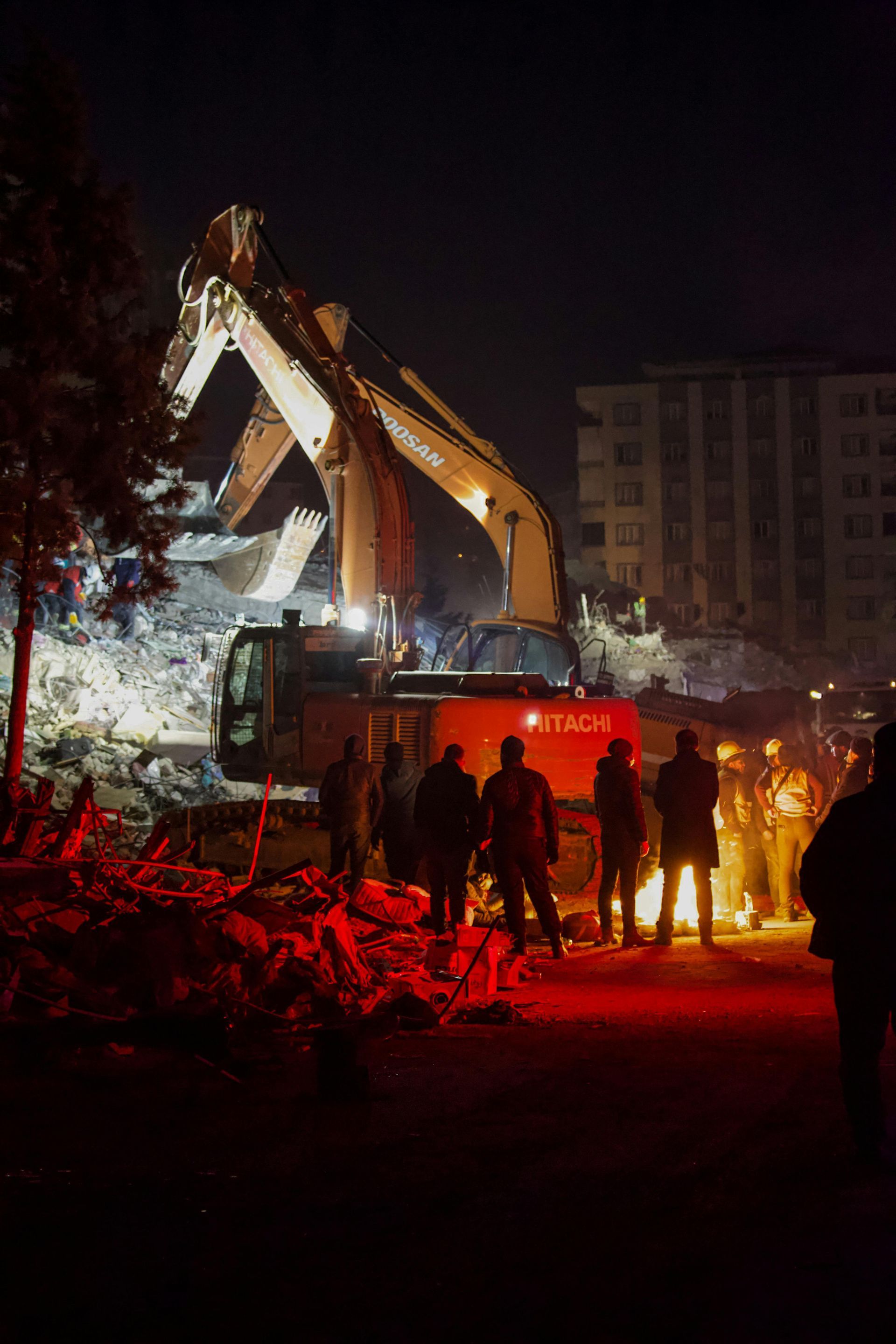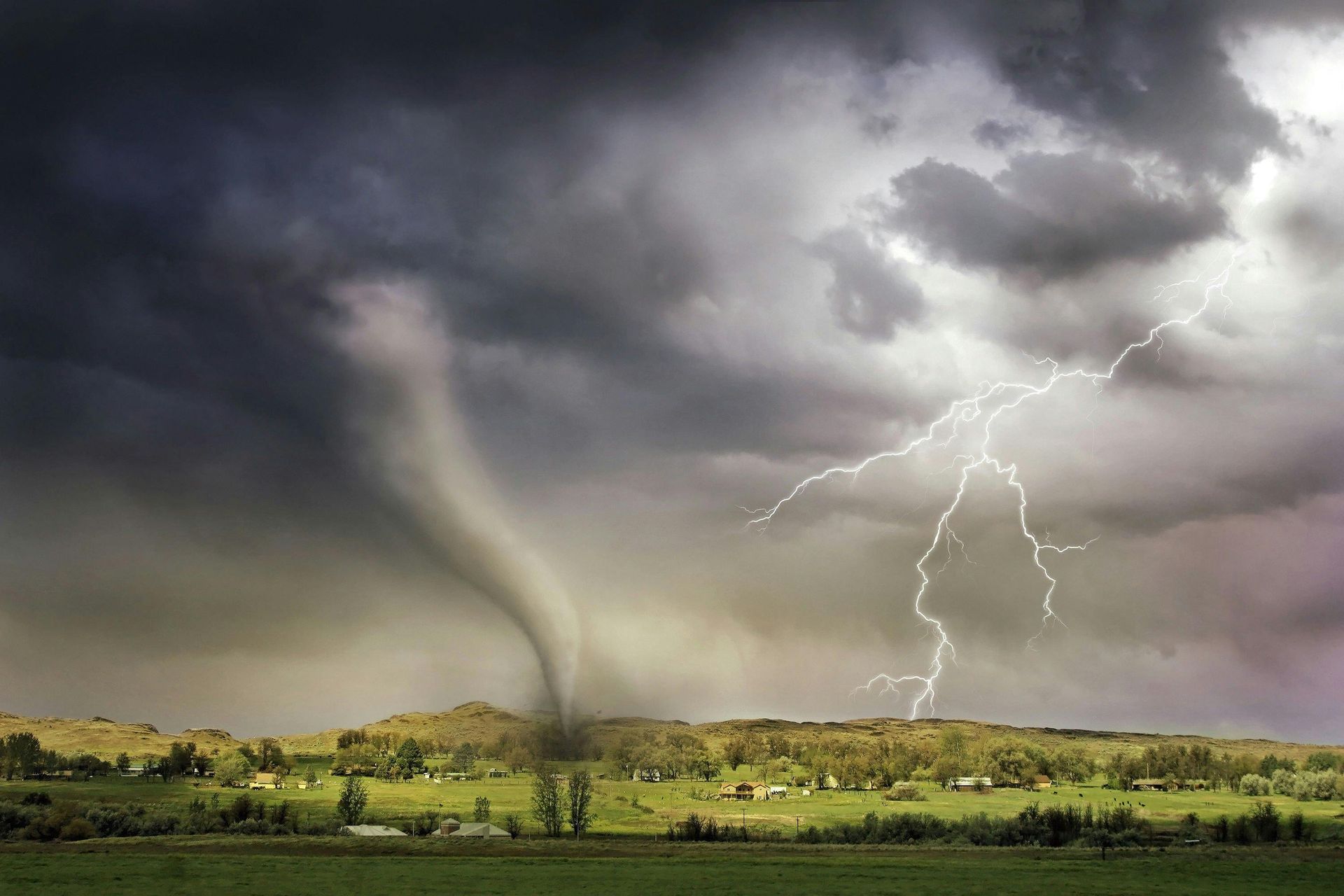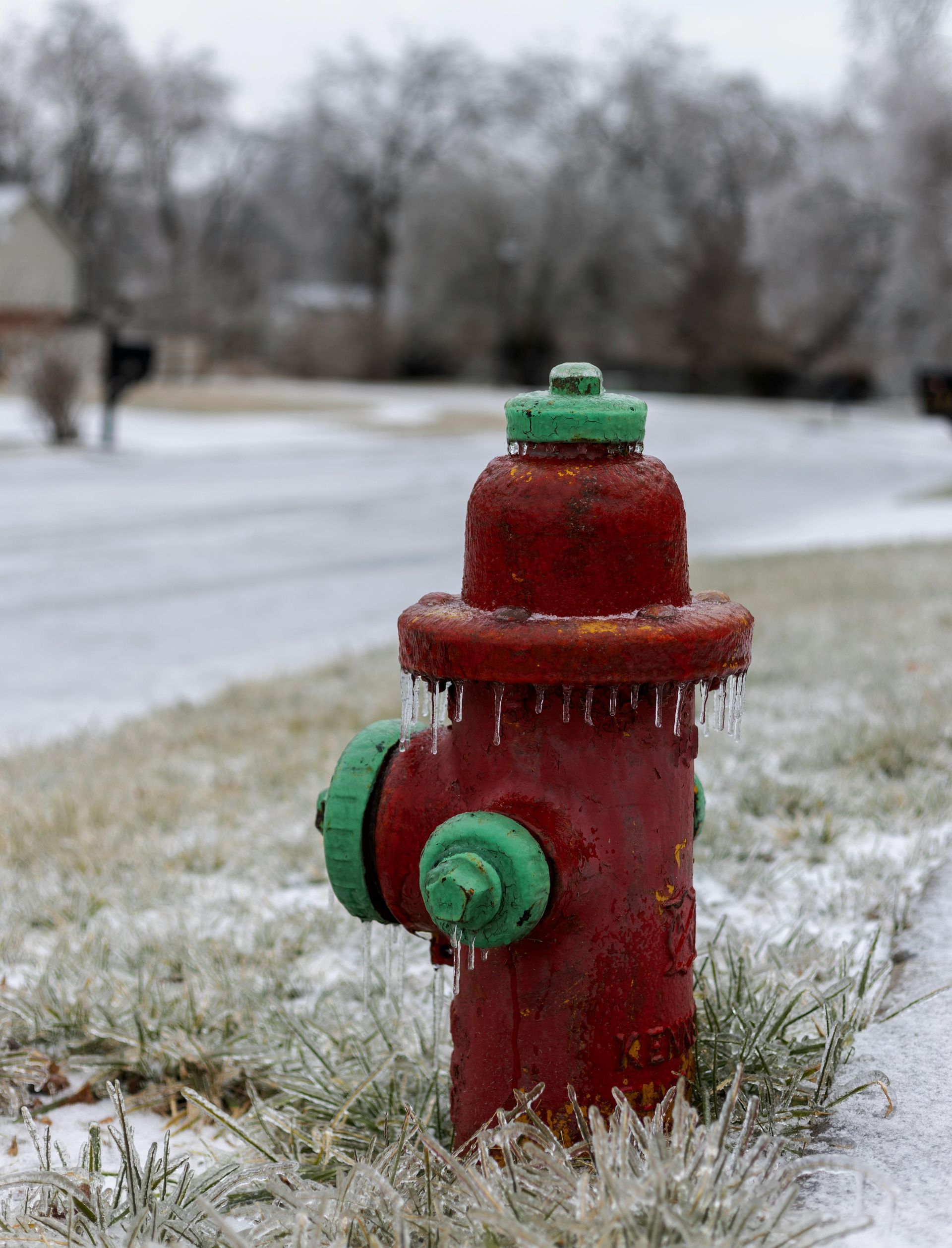5 Mistakes People Make During Storm Cleanup (And How to Avoid Them)
Cleaning up after a storm can be overwhelming, especially when emotions are high and the damage seems insurmountable. While it’s natural to want to dive into the cleanup process immediately, rushing or taking the wrong approach can lead to costly mistakes, health risks, and even further damage to your property.
At Disaster South, we’ve seen how avoiding common pitfalls during storm cleanup can make a significant difference in the recovery process. Here are the top five mistakes people make during storm cleanup—and how you can avoid them to ensure a safe, efficient, and stress-free recovery.
1. Entering Damaged Areas Too Soon
The Mistake: Many people return to their homes or properties immediately after a storm without assessing the risks. This can expose them to dangers like unstable structures, downed power lines, or contaminated floodwaters.
How to Avoid It:
- Wait for Clearance: Only return to your property once local authorities declare it safe.
- Conduct a Visual Inspection: From a safe distance, look for obvious hazards like leaning walls, damaged roofs, or electrical wires.
- Use Protective Gear: Wear sturdy boots, gloves, and a hard hat when entering damaged areas.
2. Underestimating Water Damage
The Mistake: Treating water damage as a superficial issue can lead to long-term problems. People often mop up standing water without addressing hidden moisture in walls, floors, or furniture, allowing mold and structural damage to develop.
How to Avoid It:
- Act Quickly: Mold can start growing within 24–48 hours. Begin drying out your home as soon as it’s safe.
- Use Professional Equipment: Rent industrial fans, dehumidifiers, or call a restoration expert to ensure thorough drying.
- Inspect Hidden Areas: Check behind walls, under carpets, and inside cabinets for trapped moisture.
3. Handling Hazardous Materials Improperly
The Mistake: Storm debris often contains hazardous materials like asbestos, mold, or chemicals from household products. Without proper precautions, handling these materials can lead to serious health risks.
How to Avoid It:
- Identify Hazards: Be aware of signs of hazardous materials, such as mold growth or chemical spills.
- Wear Proper Protection: Use masks rated for mold and gloves when handling debris.
- Call Professionals: For issues like asbestos, sewage, or significant mold, hire certified experts to safely remove the materials.
4. Delaying Insurance Claims
The Mistake: Some homeowners wait too long to document damage and file insurance claims, which can complicate the process or lead to denied coverage.
How to Avoid It:
- Document Immediately: Take photos and videos of all damage before starting cleanup. Include close-ups and wide shots for a complete record.
- Keep Receipts: Save receipts for any emergency repairs, supplies, or services.
- Contact Your Insurer: Notify your insurance company as soon as possible and follow their instructions for filing a claim.
5. Taking on Too Much Alone
The Mistake: While it’s natural to want to handle cleanup yourself, trying to do everything alone can be physically and emotionally exhausting. It may also lead to incomplete or unsafe restoration.
How to Avoid It:
- Ask for Help: Lean on friends, neighbors, or community organizations for support.
- Hire Professionals: Restoration experts have the tools and experience to address damage comprehensively and safely.
- Focus on Your Well-Being: Recovery is a marathon, not a sprint. Take breaks and care for your mental health.
How Disaster South Can Help
At Disaster South, we understand the challenges of storm cleanup and are here to make the process as smooth and safe as possible. Our expert team provides comprehensive cleanup and restoration services, from water extraction to structural repairs, ensuring your home is restored quickly and correctly. We take the stress out of cleanup so you can focus on moving forward.
Don’t let storm cleanup mistakes slow your recovery. Contact Disaster South today for expert guidance and trusted restoration services. Call 877-84-STORM or visit our website to schedule a free assessment. Together, we can help you rebuild stronger and safer.









